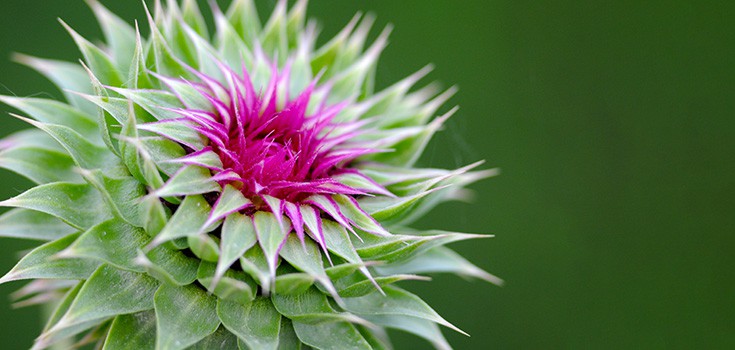Herbal Healing: 4 Little-Known Herbs and their Uses for Health

You might know that Echinacea is good for fighting a cold, chamomile can help you relax, and that dandelion is great for detoxification (and if you didn’t, now you do). But, there is a world of healing herbs and plants that we don’t commonly hear about. These herbs might not get as much air-time as the more common powerhouses, but they have wonderful benefits worthy of note. Here are 4 little-known herbs and their uses for health.
Herbs and their Uses
1. Anise
Though it’s native to the Mediterranean, you’ll find anise in Asian dishes and curries throughout the world. With an unmistakable licorice smell, it is also used to flavor sweet, Western dishes and candies. Medicinally, it can be used as an expectorant—helping to relieve chest congestion. It increases blood flow and can reduce inflammation. As an essential oil, the scent is said to have a sedative effect and it can be applied topically for antiseptic properties. It can also be used in hygiene products like homemade toothpaste for flavoring.
2. Burdock Root
This plant is eaten as a root vegetable in Asia and is said to have a gummy consistency and sweet taste. The seeds, root, and leaves all have healing properties. It can be used to treat skin and scalp conditions, sooth throat pain and tonsillitis, reduce arthritis inflammation and ulcers, and to purify the blood. In Russia and India, it is used as an anti-cancer remedy, with proponents saying it can stop cancer cells from metastasizing.
3. Holy Basil
This herb isn’t the same as the sweet basil you find in your favorite Italian dishes—it has darker green and purple leaves with jagged edges. Also known as tulsi, the benefits of this plant are many and it can be easily grown in your herb garden. The leaves are said to be a nerve tonic and a stress reliever. Physical benefits include: fever and cold relief, expectorant, sore throat soothing (when used as a tea or gargle), heart strengthener, to cure mouth infections or ulcers, and to help expel kidney stones. In addition, holy basil is said to be useful in combating skin disorders, insect bites, headaches, eye problems, teeth issues, and more. Now that is herbal healing.
4. Milk Thistle
If you aren’t familiar with some of the herbs and their uses above – don’t worry, you may have heard about this one. The benefits of milk thistle are so widely known that even those in the traditional medical community support its use in the treatment of liver disease and Amanita mushroom poisoning. As a matter of fact, milk thistle was approved as a treatment for liver disease in 1986 and is used to treat a variety of such diseases including cirrhosis and alcoholic hepatitis. In addition, it has estrogenic properties that can stimulate breast milk and can be used to encourage a missed period. It has been shown to aid in adrenal disorders, inflammatory bowel syndrome, and psoriasis.
There are countless other herbs and healing plants like this that you might not be aware of, many of which can be grown on a window sill! So, before you run out to purchase the next over the counter solution, take a look at the plant life around you – seek out, research, and explore natural remedies whenever possible.
Additional Sources:

ALSO. thyme for colds and cough, onions for cough,
also digestive acidity problems. In Europe is use for babies (stomach problems, diluted).